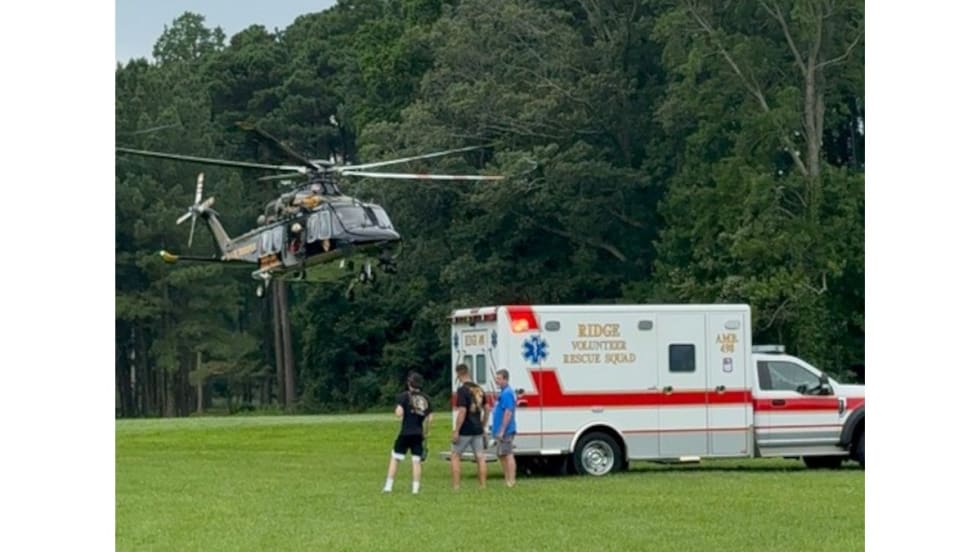A California Assembly bill that would have treated police use of K-9s for apprehension as deadly force was made inactive Wednesday, meaning it cannot be voted on this year. The bill faced strong opposition from law enforcement leaders and law enforcement supporters, and it reportedly did not have the votes to move forward.
Assembly Bill 742 would have prohibited police unleashing K-9s for apprehension or crowd control except in cases of imminent threat of severe bodily harm or death, effectively making a dog bite the same level on the use-of-force continuum as deadly force. The bill would not have affected police use of K-9s in operations such as drug detection, evidence detection, explosive detection, and search and rescue.











